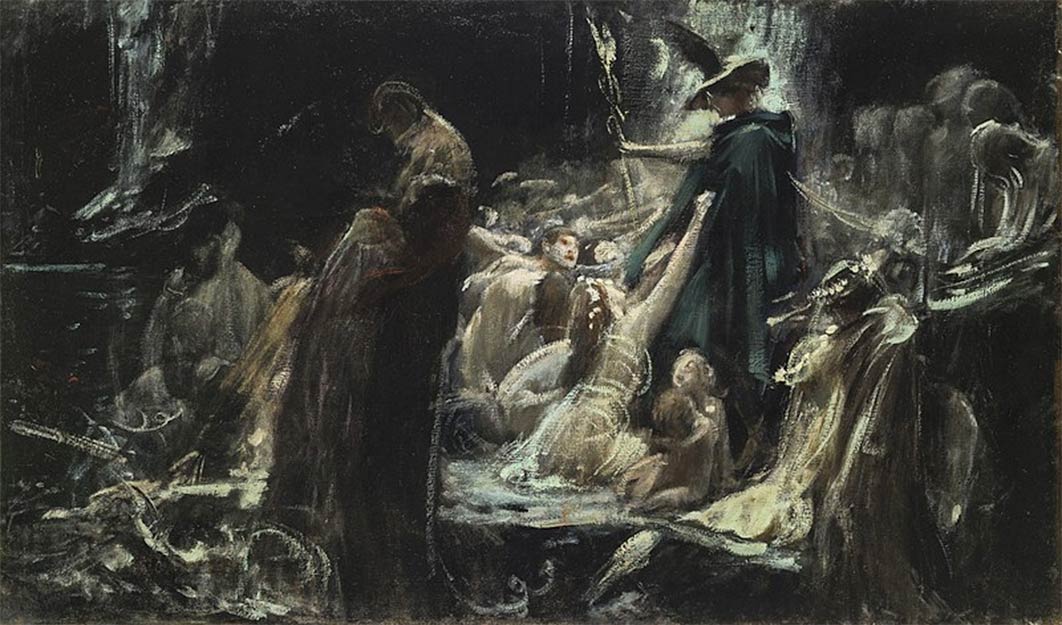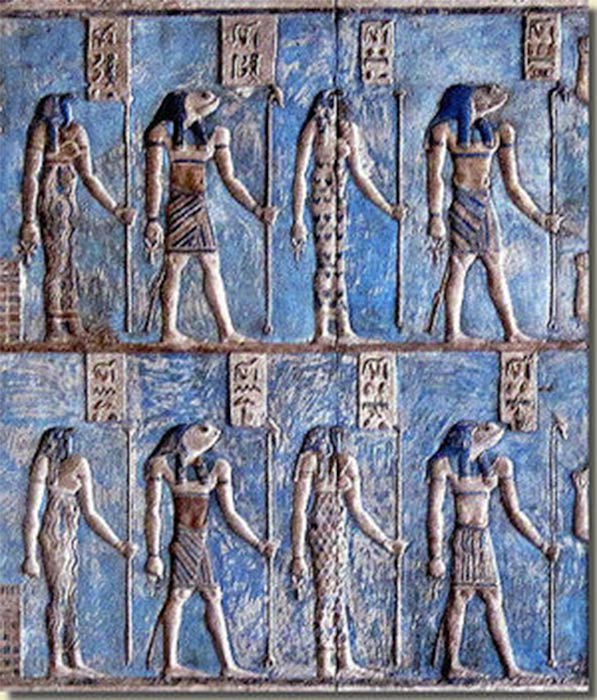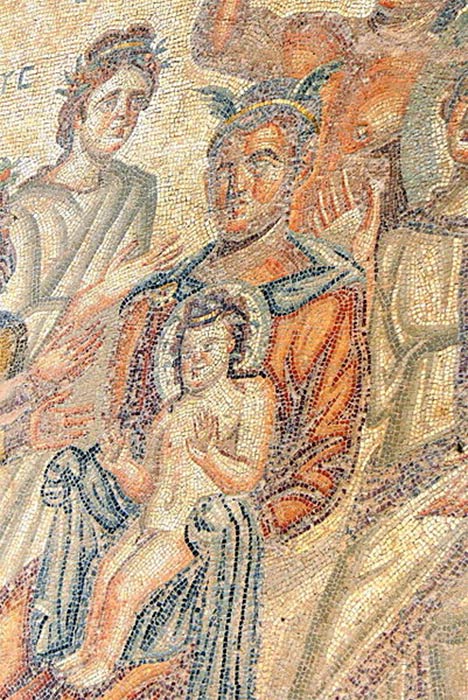
Hermetic Individuation: The Way Of Hermes and The Rite of Rebirth
There are only a handful of surviving texts that describe what could be termed true “rites of passage” along the Way of Hermes. One such text—which contains what many consider the essential Hermetic experience—is CH 13, also known as The Rebirth. The text is presented as a fictional dialogue as Hermes leads his young son Tat in the rebirth experience. Recent scholarship strongly indicates that senior members of Hermetic communities could have served in the role of “Hermes” in overseeing the rites by which pupils progressed into new states of awareness. It is possible then that the two surviving Hermetic texts describing initiatory events—The Rebirth and the Discourse on the Eighth and Ninth—may represent fictional, idealized models for rites of passage.
Read Part 1 Here
12 Avengers of Matter
Garth Fowden (1993:109) describes the Hermetic rebirth experience as “liberation from fate and materiality” and “a radical re-ordering of the initiate’s constitution and perceptions”. These are all factors of a single interconnected process, since—as detailed earlier—the Hermetic conception of “Fate” is bondage to the drives and desires of the physical body, which blind the individual to the inner archetypal Self. In CH 13, these lower instincts are the “12 Avengers of Matter”: ignorance, grief, incontinence, lust, injustice, greed, deceit, envy, treachery, anger, recklessness, and malice. As in other Hermetic texts, the oppressive lower drives that imprison the essential Self are connected by invisible bonds to heavenly bodies, and in the case of the 12 Tormentors it is the 12 Signs of the Zodiac, an attribution related to the belief mentioned earlier that the Zodiacal circle contributed to the formation of the embodied human in the descent of the soul into the realm of matter.

A depiction of the Ogdoad (Eight Primordial deities) from a Roman era relief at the Hathor temple in Dendera in which some have frog heads and others have serpent heads. (Olaf Tausch / CC BY-SA 3.0)
Although the astrological influences at work in the cosmos are cast in a negative light in CH 13, it should be emphasized that this is purely a reflection of the particular stage of progress of the initiate at this point, and not an indication of any “evil” cosmological ontology. The Hermetica generally consider the celestials to be neutral, serving to connect the soul with the body in the descent from on high, in accordance with the will of a transcendent and beneficent God (Bull 2018:285-286). It is the power of ignorance—the first and most potent of the 12 Tormentors—which causes the inner cosmos of the individual to run amok, rather than any fracture or dark intent in the cosmic design. Just as the celestial powers in the exterior cosmos are properly ordered under the higher intelligible realm and the will of the creator, so too are their symbolic analogues in the human psyche meant to be subservient to the essential inner Self. It is therefore due to the ignorance of the highest, essential Self that human beings come to be driven by their lower aspects. Hermes emphasizes this principle in CH 10:8-9 (Copenhaver 1992:32): "The vice of soul is ignorance. For the soul, when it is blind and discerns none of the things that are nor their nature nor the good, is shaken by the bodily passions, and the wretched thing becomes – in ignorance of itself - a slave to vile and monstrous bodies, bearing the body like a burden, not ruling but being ruled. This is the vice of soul.”

Birth of Dionysos - Young Dionysos sitting on the lap of Hermes. Paphos Archaeological Park. House of Aion ( Wolfgang Sauber/ CC BY-SA 3.0)
The Womb Of Silence
During the rite of rebirth as portrayed in CH 13, Tat has a visionary experience in which his inner psyche is liberated from the 12 Tormentors and set in proper order by the “Ten Divine Powers” which descend from on high: knowledge, joy, continence, perseverance, justice, generosity, truth, good, life, and light. Hermes describes the actual formula of rebirth to Tat near the beginning of the text (Salaman et al. 2000:65): “0 son, spiritual wisdom lies in the womb of silence and the seed is truth and the Supreme Good.” “Only one road travels from here to the beautiful—reverence combined with knowledge.” (Corpus Hermeticum, Book 6.) The “womb of silence” refers to an altered state of consciousness during which the bodily senses and cognitive mental functions are suspended to allow for the reception of the “seed” of the Divine Powers (Bull 2018:257-265; Hanegraff 2008:143-151).
The formula also appears in the record of the rebirth experience of Hermes Trismegistus himself in CH 1:30 (Salaman et al. 2000:24): “For the sleep of the body became the sobriety of the soul, the closing of the eyes became true vision, my silence became pregnant with the Supreme Good, and the utterance of the Word became the generation of riches.” In CH 13, Hermes presents Tat with a more in-depth description of his own inner transformation: “Seeing within me an unfabricated vision that came from the mercy of god, I went out of myself into an immortal body, and now I am not what I was before. I have been born in mind. This thing cannot be taught, nor can it be seen through any elementary fabrication that we use here below. Therefore, the initial form even of my own constitution is of no concern. Color, touch or size I no longer have; I am a stranger to them. Now you see me with your eyes, my child, but by gazing with bodily sight you do (not) understand what (I am); I am not seen with such eyes, my child."—CH 13:3 (Copenhaver 1992:49-50)




